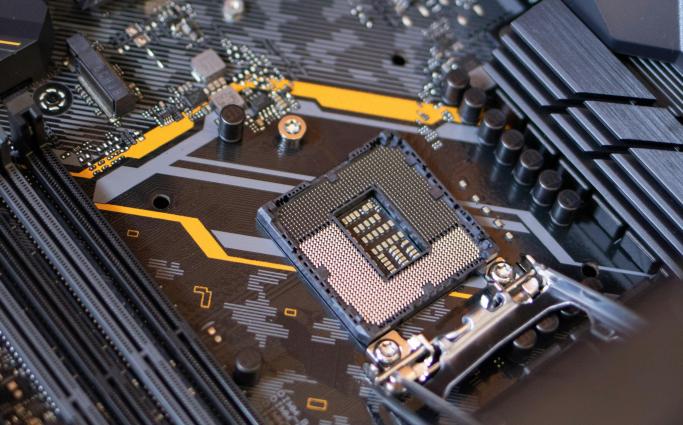
Key Takeaways
In recent years, robotic surgery has emerged as a groundbreaking innovation in the field of medical science, revolutionizing the way surgeries are performed. Evolving from a novel and experimental technique, surgeons can now achieve unprecedented levels of precision, flexibility, and control during complex procedures.1 This technology can not only enhance surgical outcomes but also improve patient recovery times and reduce the risk of complications.
 | The following content has been prepared by Allianz Global Investors GmbH (AllianzGI), and is reproduced with permission by Voya Investment Management (Voya IM). Certain information may be received from sources Voya IM considers reliable; Voya IM does not represent that such information is accurate or complete. Any opinions expressed herein are subject to change. Nothing contained herein should be construed as (i) an offer to buy any security or (ii) a recommendation as to the advisability of investing in, purchasing or selling any security. |
Robotic surgeries are technically “robot-assisted surgeries” (RAS); as the term implies, a robotic system assists a surgeon in executing complex and invasive surgical steps on a human body, with increased control and flexibility enabling high accuracy and precision when compared to traditional techniques.
Oliver Wyman estimates that the market for robotic assisted surgeries will continue to grow at 11% compounded annual growth rate (CAGR) to $14bn by 2026.2 The incidence of robotic surgeries is still low, with some estimates suggesting just 2% of surgeries in Europe and 15% of surgeries in US use robots.
The technology often includes a variety of processing elements and sensors, built on architectures capable of crunching massive amounts of data and providing real-time feedback to surgeons and their support teams. But these machines also are increasingly connected to the internet — either directly or through some other network.

Oliver Wyman 2004, “Positioning the industry for growth in robotic surgery”
There are some challenges – surgeons must complete additional, specialized training to undertake robot-assisted procedures. Some surgeons pursue formal training through minimally invasive and robotic surgery fellowships. Robotassisted surgery is thus only available in centres with specially trained surgeons. One of the most significant barriers is the high cost associated with acquiring and maintaining surgical robots, which can exceed USD 1.5 million per unit, excluding annual maintenance fees.3 This financial burden makes it difficult for smaller hospitals and facilities, particularly in developing regions, to invest in this advanced technology. Additionally, the regulatory landscape for surgical robots is complex and varies significantly across different countries, creating hurdles for manufacturers to navigate and gain approval for their products.
We believe that as healthcare continues to evolve, the adoption of robot-assisted surgeries represents a significant leap towards safer, more efficient, and minimally invasive treatments, ultimately transforming patient care and setting new standards in surgical excellence. Investing in this innovative field not only aligns with the broader trends of technological integration in healthcare but also offers substantial growth opportunities for the thematic investor.
